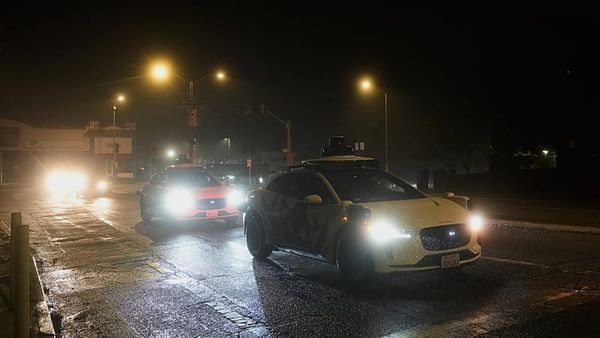
Emirates is using artificial intelligence (AI) to improve how it predicts bumpy turbulence on its flights.
Experts say that climate change is making severe turbulence more likely, with pilots reporting increasingly challenging weather conditions.
Turbulence is caused by eddies of “rough air” that can make aircraft rise and fall or rock from side to side.
Thousands of planes experience severe turbulence every year, costing each airline up to £1.5m due to aircraft damage and delays.
Emirates says its new technology delivers “real-time data” which identifies turbulence areas on flight paths for its pilots.
The Dubai-based airline said this approach has already helped reduce unexpected severe weather encounters.
Airlines typically use weather and radar reports to predict turbulent areas. But Emirates claims its new methods – which use “machine-learning, crowd-sourced turbulence data and pilot reports” – will improve prediction accuracy.
The airline will provide the cockpit with “live, in-situ turbulence visualisations”, which could allow crew to anticipate turbulence and prepare the cabin accordingly.
Captain Hassan Alhammadi, Emirates’ divisional senior vice president of flight operations, said: "We recognise that turbulence remains an ongoing challenge that cannot be completely eliminated, but we're committed to doing everything possible to minimise unexpected severe turbulence encounters through working with partners who share our vision of using advanced technologies and adopting AI to enhance operations.
“While we are still in the early stages, we are already seeing validation of the potential benefits these systems can deliver.”
He added that while Emirates cannot promise turbulence-free flights, the airline’s new strategies have contributed to a “significant reduction” in unexpected severe turbulence incidents over the past year.
This is “helping make journeys safer and more comfortable for our customers,” Mr Alhammadi said.
Read more: What is flight turbulence and can it cause a plane to crash?
Will my train be cancelled following Cumbria derailment?
Transport Secretary says airport delays will ‘get worse’ as shut down rumbles on
Ryanair made a fortune this summer – but air fares could soar until 2030
Egypt reclaims its history as Africa’s cultural pride and joy finally opens
New EU border check system paused for tourists, port officials say
Could a new supersonic jet save you travel time? NASA just ran its first test flight







